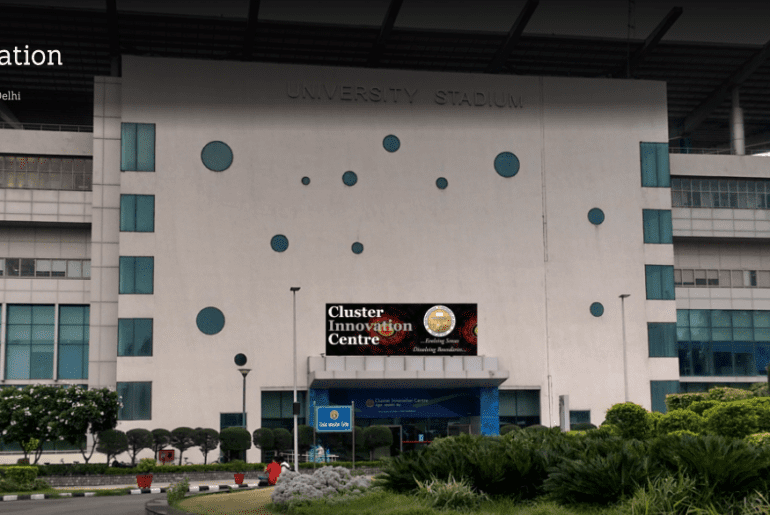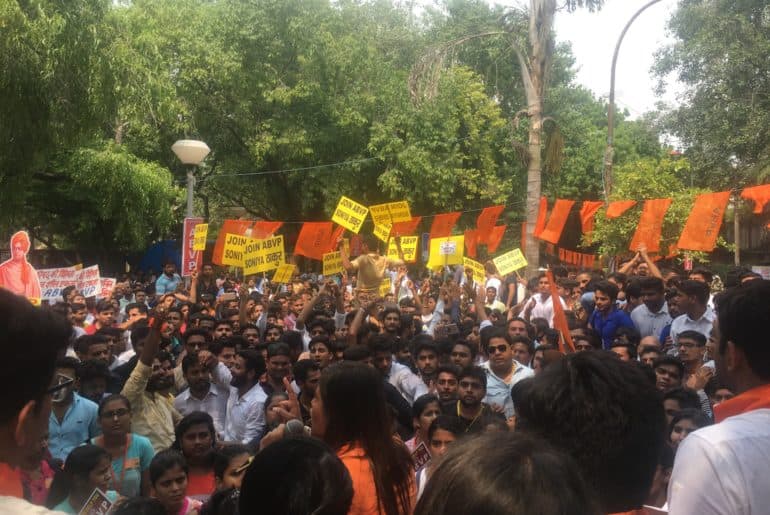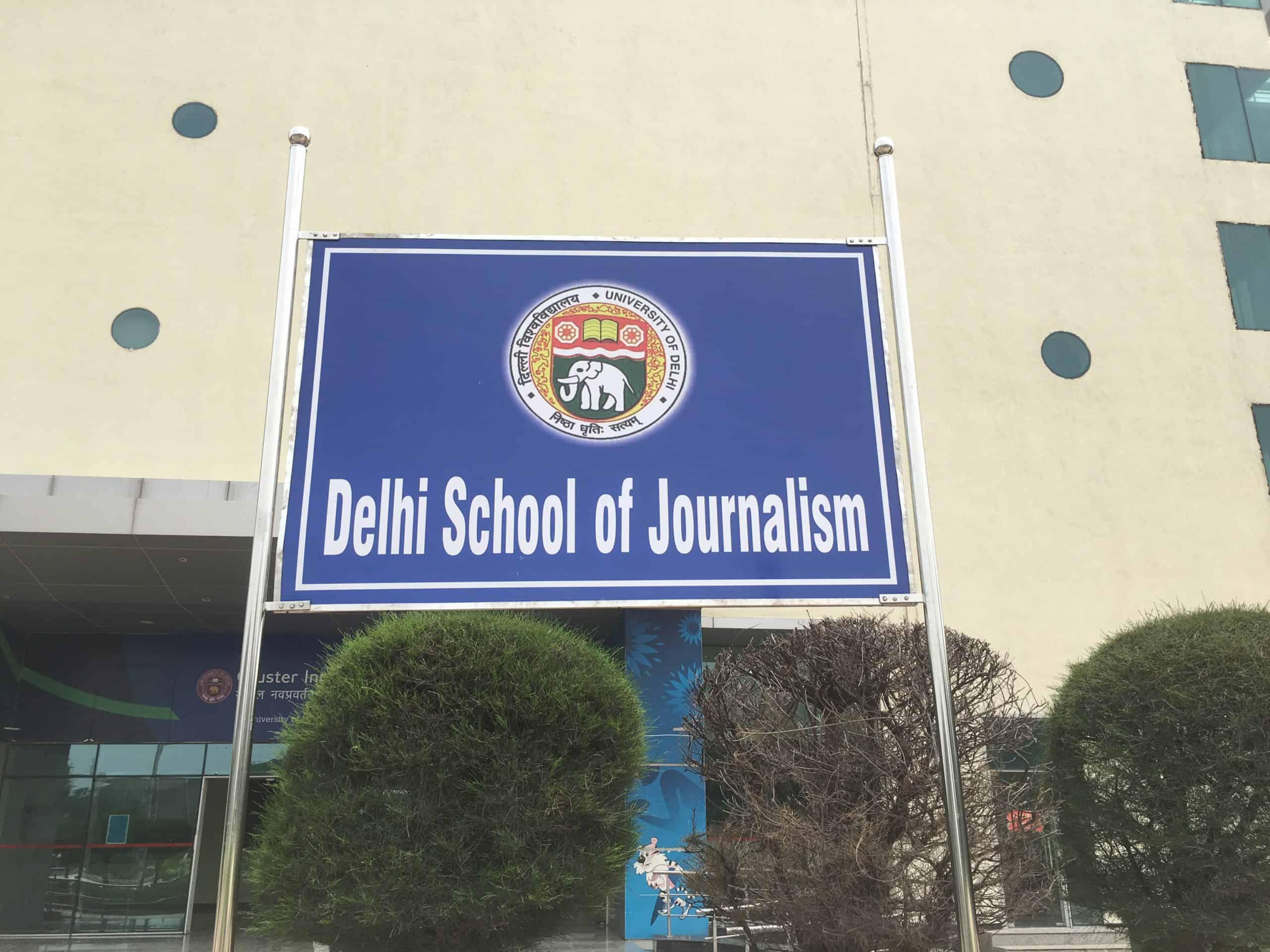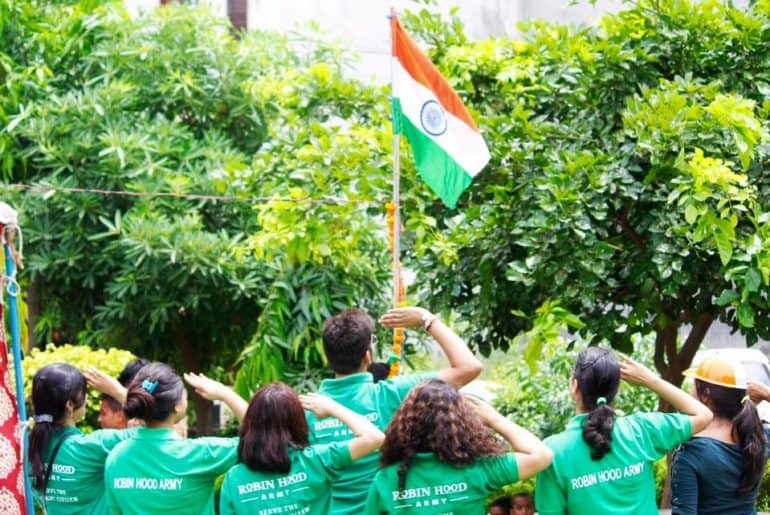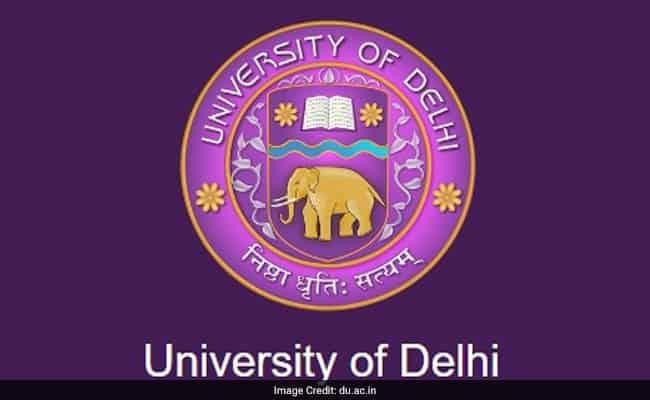What can stop a mind which is devoid of fear? A mind which speaks the truth and a pen which nibs down the truth?
Three bullets which took the life of Gauri Lankesh try to tell us that they can do the same, they can even silence free voices. But the outrage afterwards – protests across the country and newspaper editorials – speaks of another story, which is the one I choose to believe.
Gauri Lankesh was a fearless journalist who opposed the communal and totalitarian politics of the Bharatiya Janta Party (BJP) and its twisted interpretations of Hinduism. She stood against the caste system, inequality, and gender discrimination. She was one of the most prominent free voices which criticised the government openly and fiercely, without any fear. She inherited a legacy of thought from her father which advocated giving a voice to the downtrodden and the oppressed, the majority of whose plight doesn’t reach the power corridors of the establishment.
In her life, she was a living example of a revolutionary mind. In a patriarchal society where the role of women is limited to working within the walls of the house, where they are not allowed to dream big, where they are still treated like the property of men and often face sexual violence both inside as well as outside the house, she was an independent woman who fiercely lived, breathed, and wrote critically of the establishment, unfazed. At a time when speaking against the government is traded for being anti-national and the space for dissent is ever-shrinking, she refused to bow down and until her last day, advocated for granting refugee status to the Rohingya Muslims. Her killing resembles the same pattern as that of M.M. Kalburgi, Narendra Dabholkar, and Govind Pansare. Even after huge public outrage, the snail-paced investigation in all these cases sends a clear message from the establishment.
The onus is on you. Will you listen?
If your answer is that of the ruling side, then you stand on the same side as the internet trolls, whose values are driven and encouraged by people whose rationale equates to superior quality garbage. In this case, I can see you taking this country towards an age of “unreason”, where holding power becomes the prerequisite and the sole validating agency of truth.
If your answer is on the other side, then we all stand together in this fight for freedom of expression and protection of the rights guaranteed to us by the Constitution. And we all stand together to inherit the legacy of the slain journalist, who took bullets for speaking what she wanted to.
Feature Image Credits: Scroll
Srivedant Kar
[email protected]


